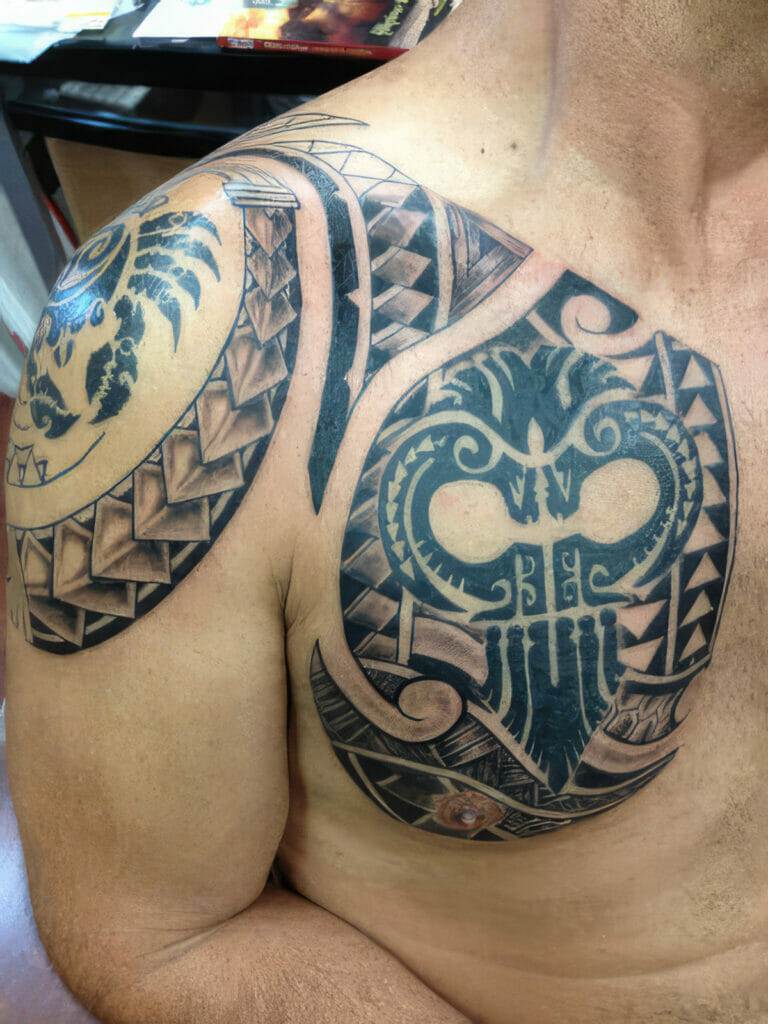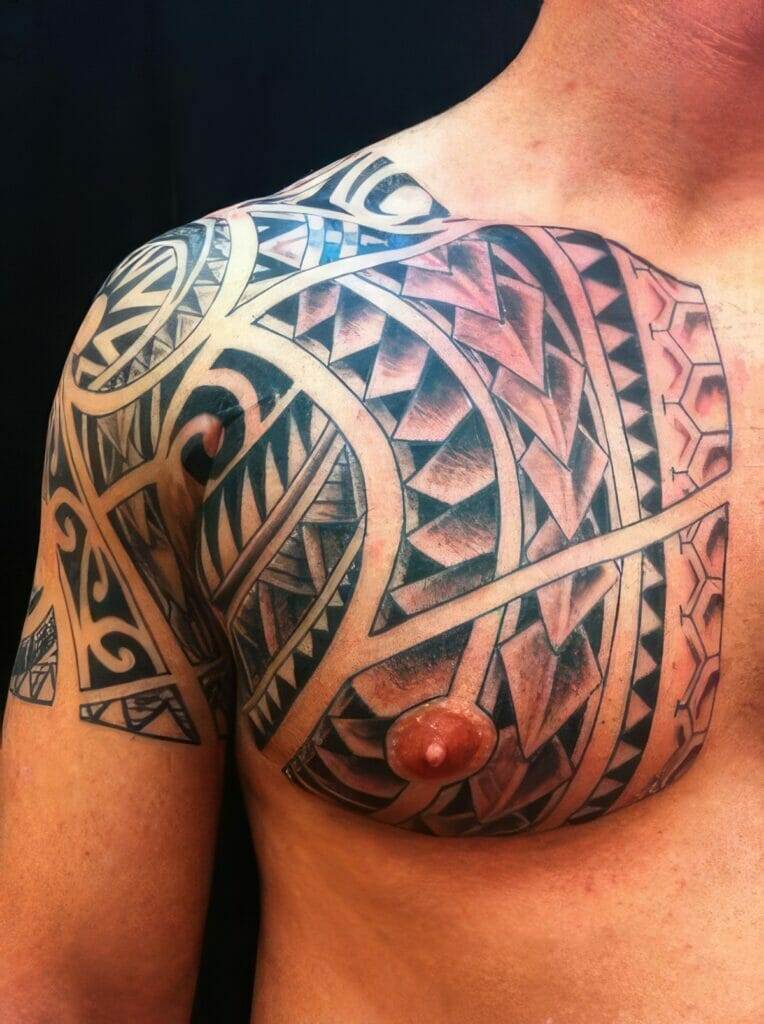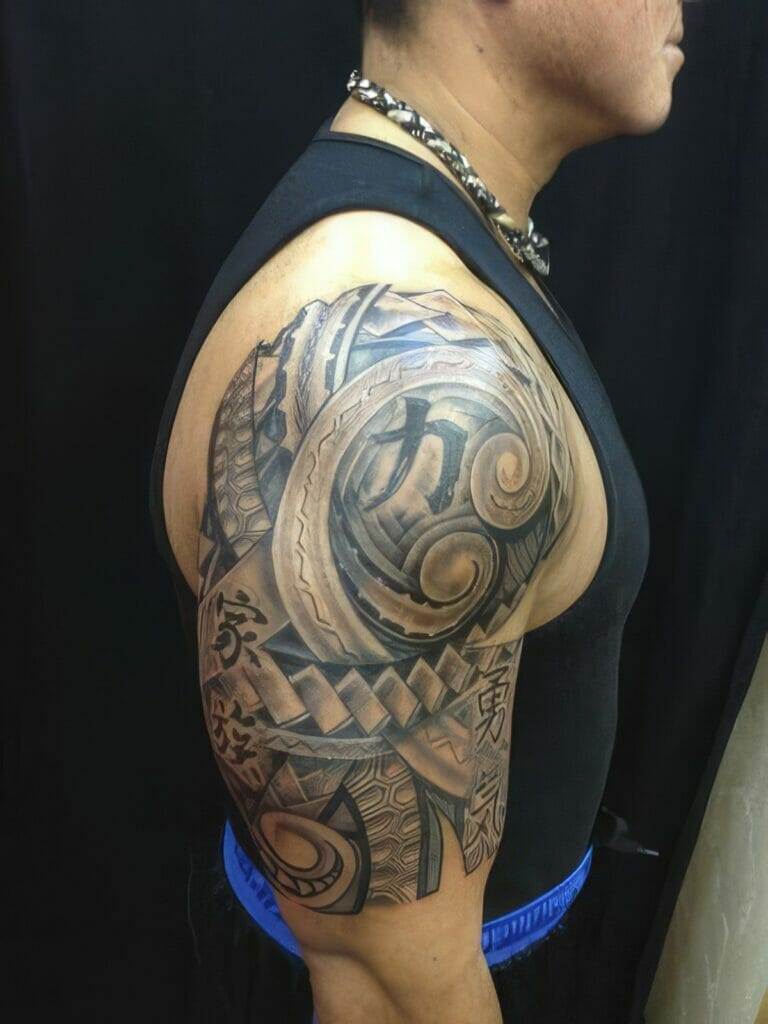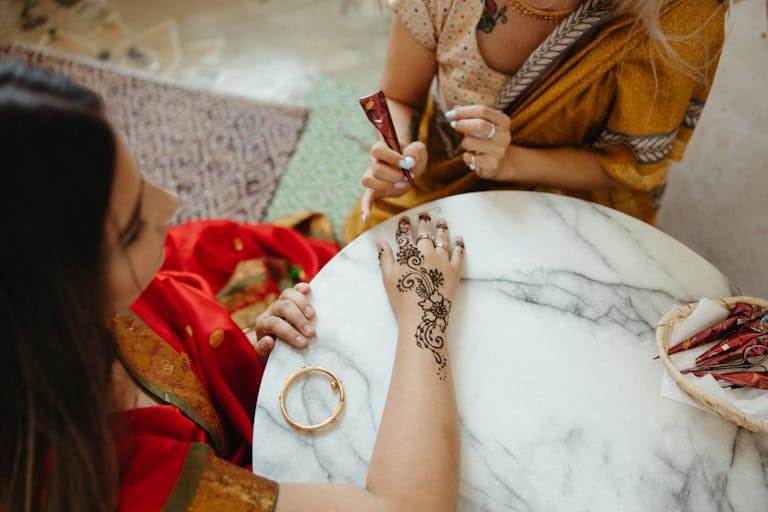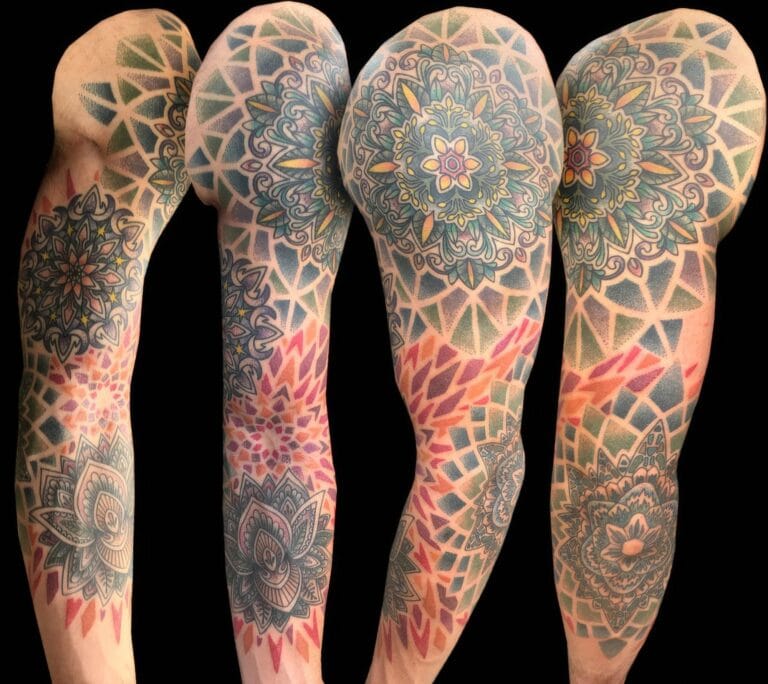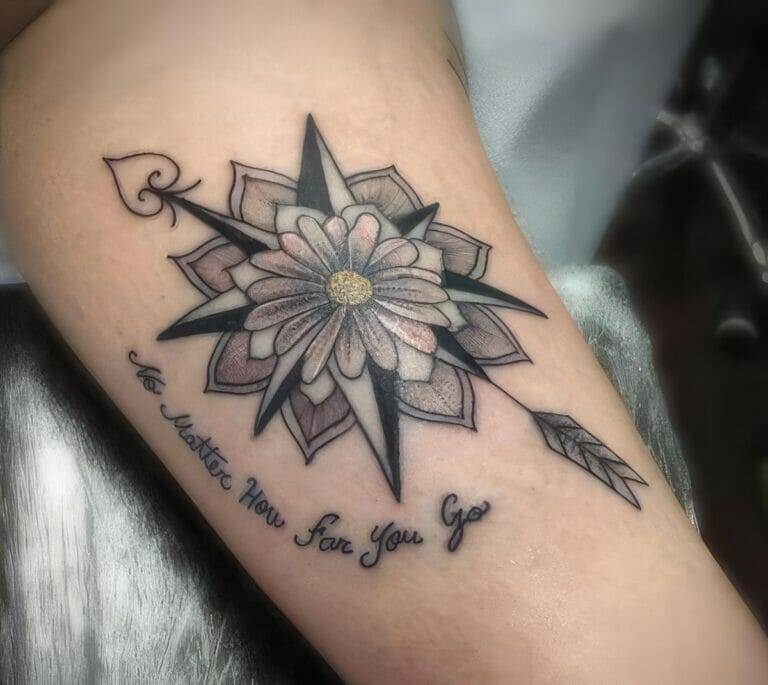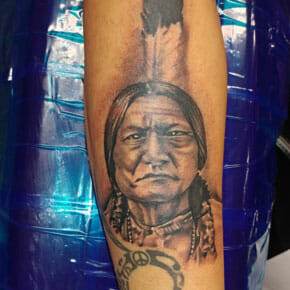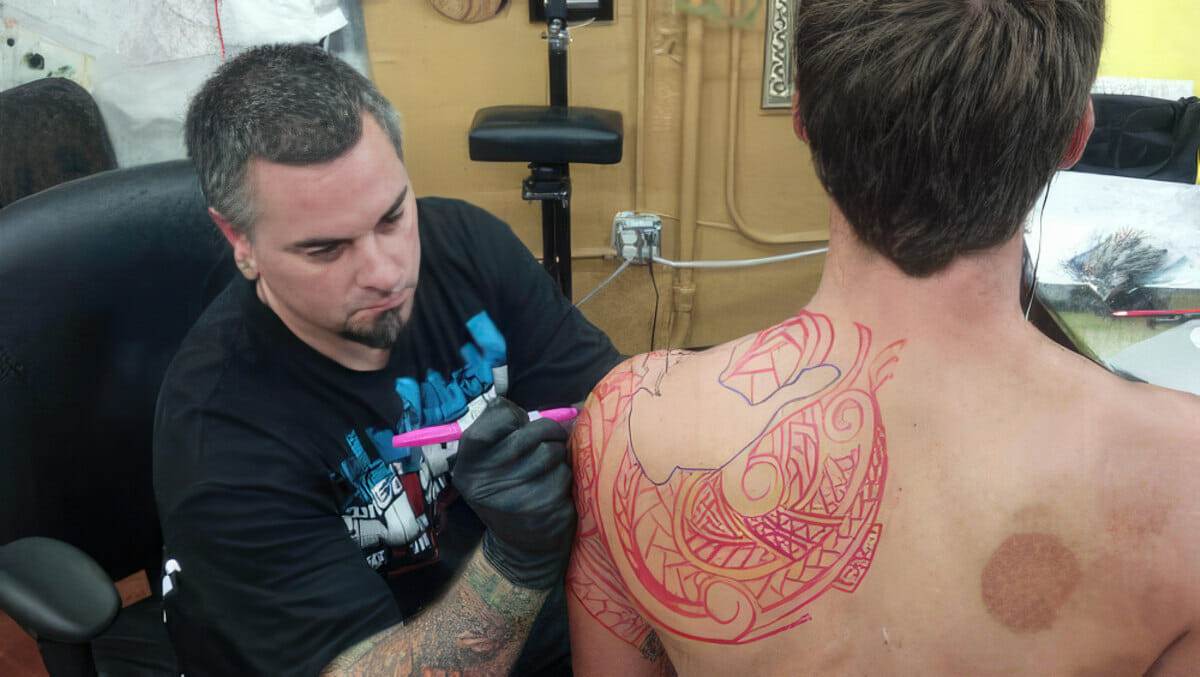
Tattoos have become increasingly popular in recent years, with more and more people choosing to express themselves through body art. However, with this rise in popularity comes the risk of seeing the same designs over and over again. That’s why originality in tattoo design is so important. An original tattoo design not only sets you apart from the crowd but also allows you to express your unique personality and experiences. In this article, we will explore the importance of originality in tattoo design and provide tips on how to create a one-of-a-kind tattoo that truly represents you.
Understanding the Importance of Originality in Tattoo Design
Originality matters in tattoo design for several reasons. Firstly, copying someone else’s tattoo is not only unethical but can also lead to legal issues. Tattoo artists put a lot of time and effort into creating their designs, and copying their work is a direct violation of their intellectual property rights. Additionally, copying someone else’s tattoo diminishes the meaning and significance of the design. Tattoos are deeply personal and should reflect your own experiences, beliefs, and values. By choosing an original design, you ensure that your tattoo is a true representation of yourself.
Furthermore, originality enhances the meaning and significance of your tattoo. When you take the time to create a unique design, you are able to incorporate symbolism and elements that hold personal meaning to you. This adds depth and authenticity to your tattoo, making it more than just a piece of art on your skin. An original design allows you to tell your own story through your tattoo, creating a lasting impression that goes beyond aesthetics.
Researching Inspiration: Where to Look for Ideas
When it comes to finding inspiration for your tattoo design, there are several sources you can explore. Online resources such as social media platforms, tattoo websites, and online galleries are great places to start. These platforms allow you to browse through thousands of designs from artists all over the world, giving you a wide range of styles and ideas to choose from.
Traditional and cultural tattoo designs are another rich source of inspiration. Different cultures have their own unique tattoo traditions and symbolism, which can add depth and meaning to your design. Whether it’s the intricate patterns of Polynesian tattoos or the bold imagery of Japanese irezumi, exploring traditional tattoo designs can help you create a truly original and culturally significant tattoo.
Lastly, personal experiences and memories can serve as powerful inspiration for your tattoo design. Think about significant moments in your life, places you’ve been, or people who have had a profound impact on you. These personal elements can be incorporated into your design, making it even more meaningful and unique to you.
Communicating Your Vision: Tips for Effective Consultations
Once you have chosen a tattoo artist, it’s important to effectively communicate your vision for the design. This will ensure that both you and the artist are on the same page and that your expectations are met. Here are some tips for effective consultations:
– Be specific and clear in your communication. Provide as much detail as possible about the elements you want to incorporate, the style you prefer, and any specific symbolism or meaning behind the design.
– Bring visual references to help convey your ideas. This can include sketches, images, or even objects that inspire you. Visual references can help the artist better understand your vision and translate it into a design.
– Be open to your artist’s input and suggestions. Remember that tattoo artists are professionals with years of experience. They may have valuable insights and suggestions that can enhance your design. Collaboration between you and the artist can result in a truly unique and exceptional tattoo.
Sketching Your Design: The Importance of Composition and Placement
Once you have communicated your vision to your tattoo artist, they will begin sketching your design. During this process, it’s important to consider the composition and placement of your tattoo. The placement of your tattoo can greatly impact its overall appearance and longevity. Some designs may work better on certain parts of the body due to the shape and contours of the area.
When it comes to composition, it’s important to create a balanced and visually appealing design. Consider the size and shape of your tattoo, as well as how different elements interact with each other. A well-composed design will flow seamlessly on the skin, creating a harmonious and aesthetically pleasing result.
Tips for refining and finalizing your design include asking for multiple sketches from your artist, experimenting with different placements on your body using temporary tattoos or markers, and seeking feedback from friends or family members whose opinions you trust.
Incorporating Symbolism and Meaning into Your Tattoo
One of the most powerful aspects of tattoo design is the ability to incorporate personal symbolism and meaning into your design. This adds depth and significance to your tattoo, making it a truly unique representation of yourself. There are several ways to incorporate symbolism into your design:
– Research and understand the symbolism behind different design elements. For example, certain flowers may represent love or beauty, while animals may symbolize strength or protection. By incorporating these symbols into your design, you can convey specific meanings and messages.
– Consider using personal symbols or imagery that hold significance to you. This can include initials, dates, or objects that represent important moments or people in your life. By incorporating these personal elements, your tattoo becomes a deeply personal and meaningful expression of yourself.
– Explore traditional tattoo symbols and meanings. Different cultures have their own unique symbolism and imagery that can add depth and cultural significance to your design. Researching these symbols can help you create a tattoo that is not only visually striking but also rich in meaning.
Balancing Complexity and Simplicity in Tattoo Design

When designing your tattoo, it’s important to find the right balance between complexity and simplicity. A design that is too complex may not age well over time, as intricate details can blur or fade over the years. On the other hand, a design that is too simple may lack visual interest and impact.
Consider the longevity and versatility of your design. Will it still look good in 10 or 20 years? Can it be easily incorporated into other designs if you decide to get more tattoos in the future? These are important questions to ask yourself when creating your design.
Tips for creating a timeless and unique tattoo design include focusing on bold lines and shapes, incorporating negative space to create contrast, and avoiding trends or fads that may quickly become outdated.
Considering Color: How to Choose the Right Palette for Your Design
Color plays a significant role in tattoo design, adding depth, vibrancy, and visual interest to your tattoo. When choosing the right color palette for your design, consider the following:
– Research color symbolism and meanings. Different colors evoke different emotions and have their own symbolic associations. For example, red can represent passion or love, while blue can symbolize tranquility or spirituality. By choosing colors that align with the meaning and symbolism of your design, you can enhance its overall impact.
– Consider your skin tone. Certain colors may look more vibrant or muted depending on your skin tone. It’s important to choose colors that complement your skin tone and create a harmonious overall appearance.
– Think about the long-term preservation of your tattoo. Some colors may fade or change over time, so it’s important to choose colors that will age well and maintain their vibrancy.
Tips for incorporating color into your design include using color sparingly to create focal points, experimenting with different color combinations using digital tools or markers, and seeking advice from your tattoo artist on color choices.
Fine-Tuning Your Design: The Importance of Feedback and Revisions
Once you have received the initial sketch of your design from your tattoo artist, it’s important to provide feedback and make any necessary revisions. This ensures that the final design meets your expectations and accurately represents your vision. Here are some tips for making the most of the revision process:
– Be specific in your feedback. Clearly communicate what you like about the design and what changes you would like to see. Providing specific examples or references can help convey your ideas more effectively.
– Be open to suggestions from your artist. Remember that they are professionals with expertise in design and tattooing. They may have valuable insights or suggestions that can enhance your design.
– Take the time to review and reflect on the revised design before giving final approval. It’s important to feel confident and satisfied with the final result before moving forward with the tattooing process.
Preparing for the Tattooing Process: Tips for Optimal Results
Preparing for your tattoo appointment is essential in ensuring optimal results. Here are some tips to help you prepare:
– Stay hydrated and get a good night’s sleep before your appointment. This will help your body and skin be in the best condition for the tattooing process.
– Avoid alcohol and blood-thinning medications before your appointment, as they can increase bleeding during the tattooing process.
– Eat a balanced meal before your appointment to ensure you have enough energy for the tattooing process.
– Wear comfortable clothing that allows easy access to the area where you will be getting tattooed.
– Bring any necessary items such as identification, payment, and aftercare products as recommended by your artist.
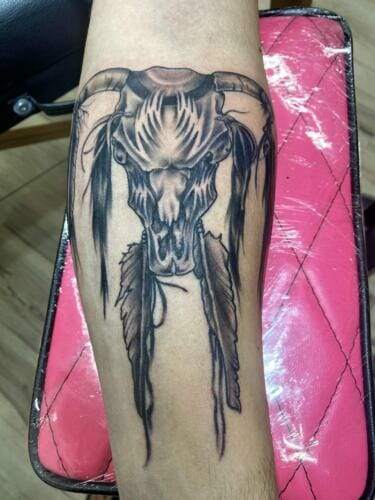
Caring for Your New Tattoo: Aftercare Tips for Long-Term Preservation
Caring for your new tattoo is crucial in preserving its quality and appearance over time. Here are some aftercare tips to ensure optimal healing and long-term preservation:
– Follow your artist’s aftercare instructions carefully. This may include washing the tattoo with a gentle cleanser, applying a thin layer of ointment or moisturizer, and avoiding direct sunlight, swimming pools, or hot tubs during the healing process.
– Keep the tattoo clean and moisturized to prevent infection and promote healing. Avoid picking or scratching at the tattoo, as this can cause scarring or color loss.
– Avoid exposing the tattoo to excessive moisture or friction during the healing process. This includes avoiding tight clothing, excessive sweating, or activities that may cause excessive rubbing or irritation.
– Protect the tattoo from direct sunlight by applying sunscreen with a high SPF when exposed to the sun. This will prevent fading and discoloration of the tattoo over time.
In conclusion, originality and thoughtful design are essential in creating a meaningful and unique tattoo. By taking the time to research, plan, and communicate your vision, you can ensure that your tattoo accurately represents your personality, experiences, and beliefs. Remember to choose a reputable and skilled tattoo artist, consider the composition and placement of your design, incorporate symbolism and meaning, and take proper care of your tattoo during the healing process. With these tips in mind, you can create a one-of-a-kind tattoo that you will be proud to wear for a lifetime.

